44+ Sample Model Contracts
-
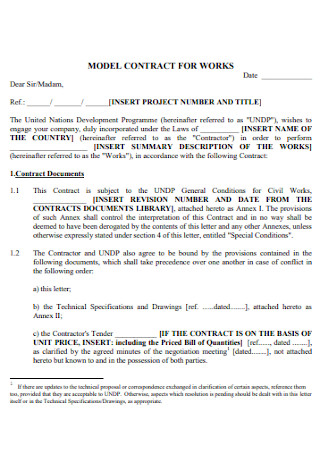
Model Contract for Works
download now -
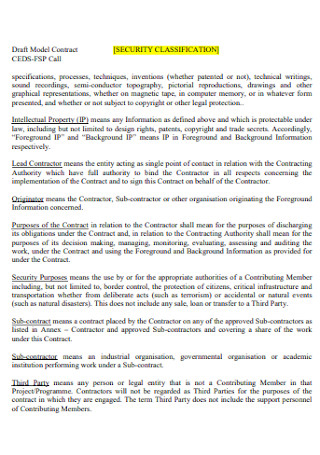
Model Security Contract Template
download now -
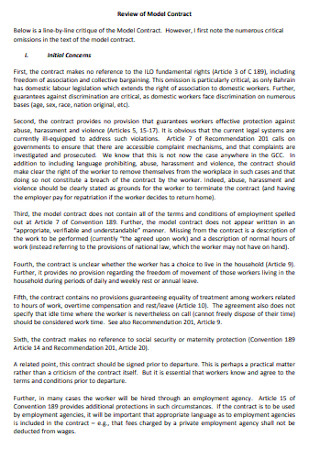
Review of Model Contract Template
download now -
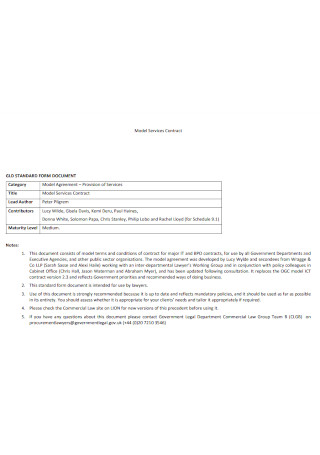
Model Service Contract Template
download now -

Model Contract for Employment
download now -
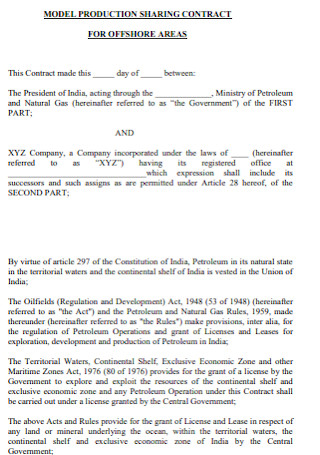
Model Production Sharing Contract
download now -
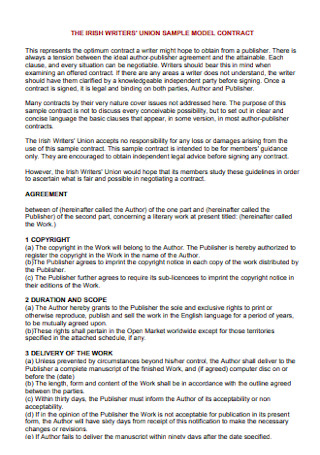
Sample Model Contract Template
download now -
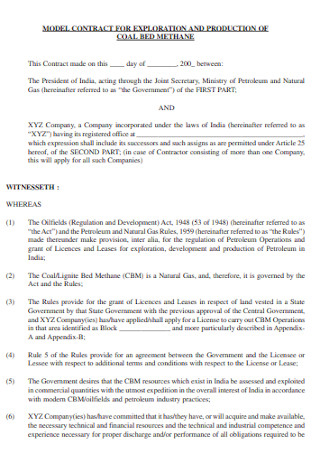
Model Contract for Exploration Template
download now -
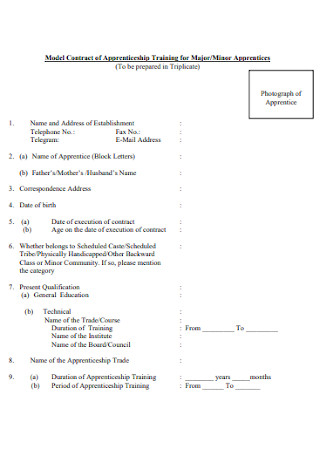
Model Contract of Apprenticeship Training for Major
download now -

Construuction Project Model Contract
download now -
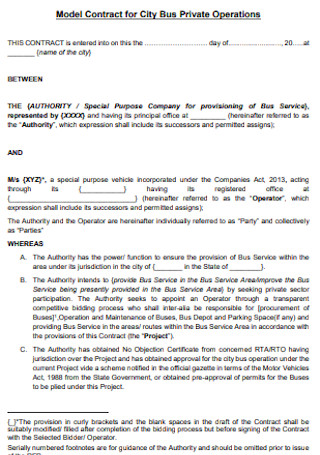
Model Contract for City Bus
download now -
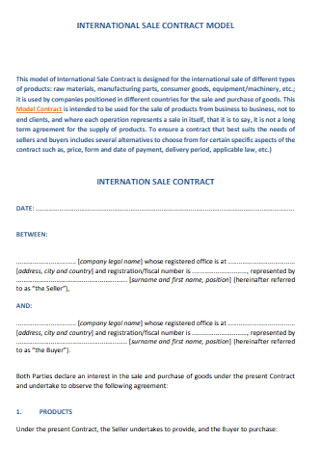
Model Sales Contract
download now -
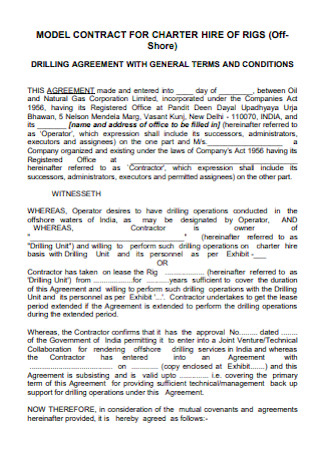
Model Contract for Charter of Rigs
download now -
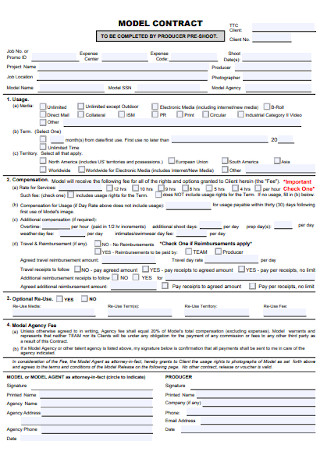
Basic Model Contract Template
download now -
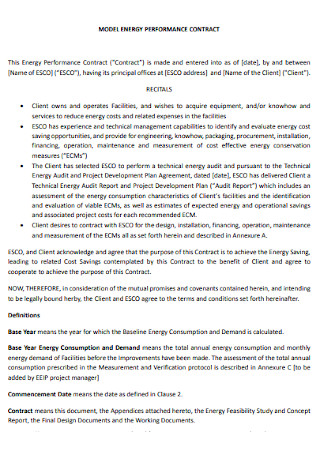
Model Energy Performance Contract
download now -

Model Contract for Intermediaries Template
download now -
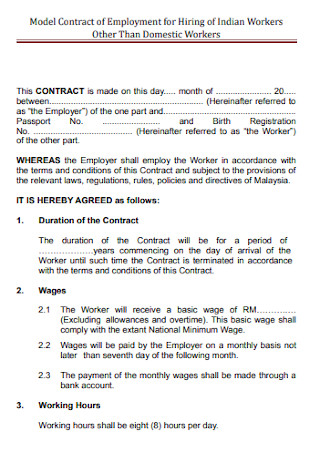
Model Contract for Employment Template
download now -
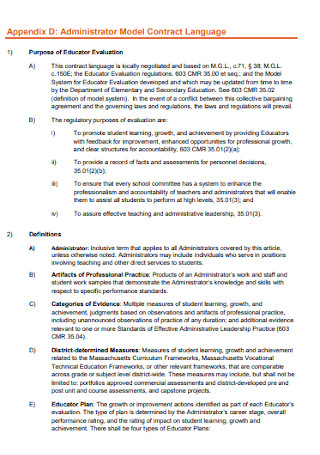
Administrator Model Contract
download now -
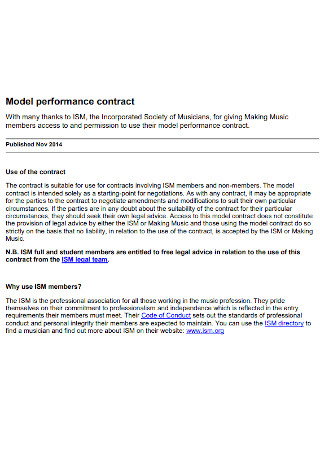
Simple Model Performance Contract
download now -
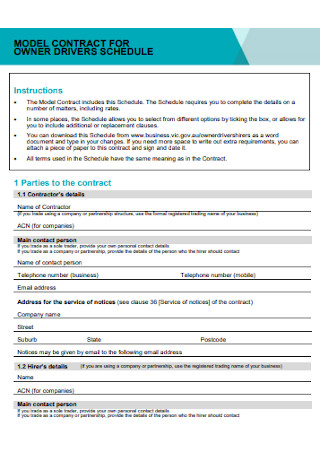
Model Contract for Owners
download now -
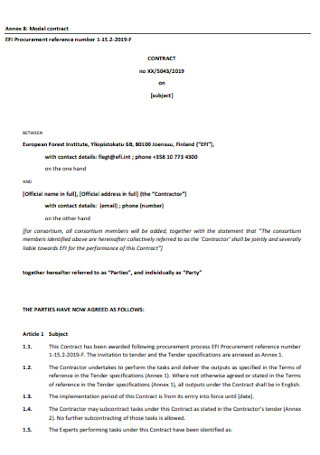
Simple Model Contract Template
download now -
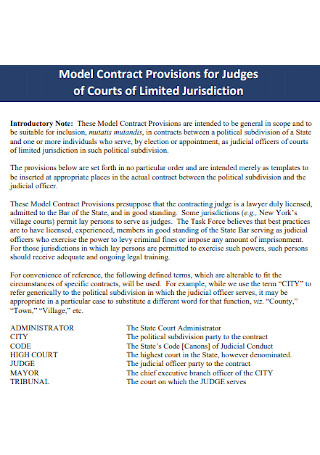
Model Contract Provisions for Judges
download now -
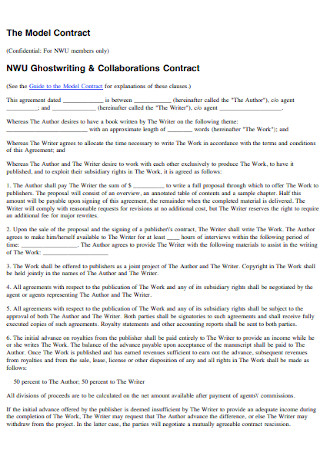
Model Collaborations Contract
download now -
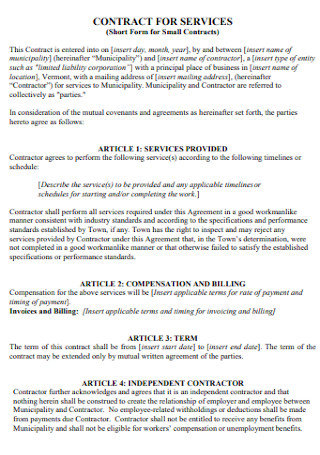
Model Service Contract Example
download now -
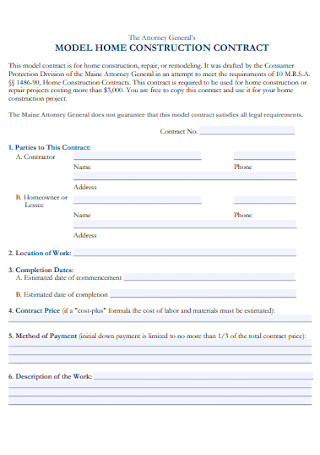
Model Home Construction Contract
download now -
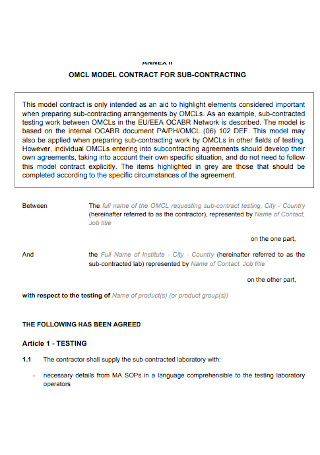
Model Contracting for Sub Contracting Template
download now -
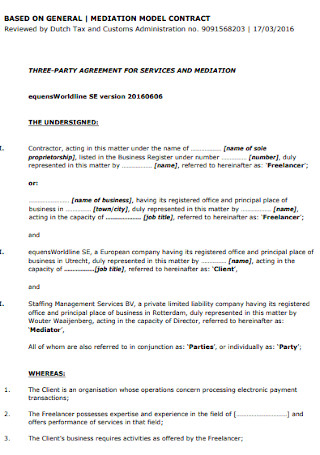
Midiation Model Contract Template
download now -
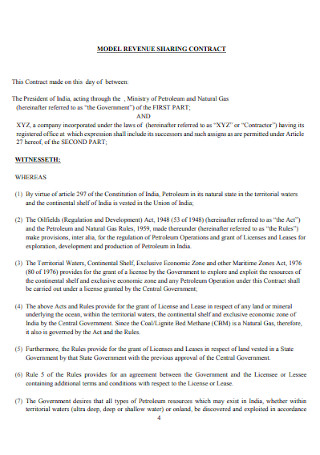
Model Revenue Sharing Contract Template
download now -
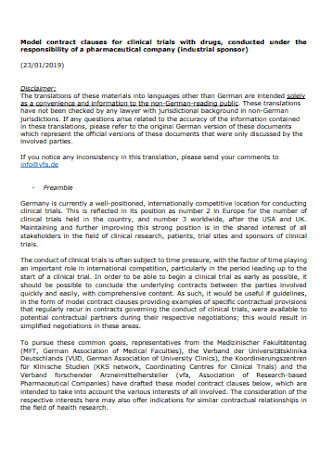
Model Contract for Clinical Drugs
download now -
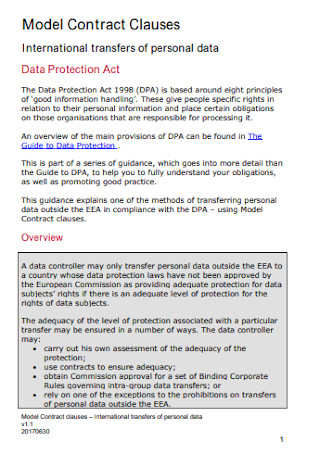
Model Contract Clauses Template
download now -

Model Contract for Health
download now -

Internship Model Contract
download now -

Model Service Management Contract
download now -
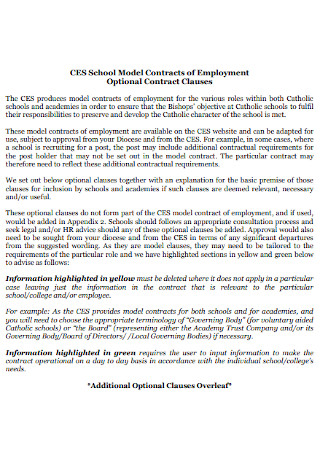
Model School Contract Template
download now -
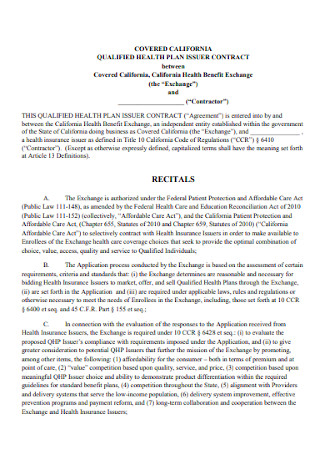
Model Health Plan Contract
download now -
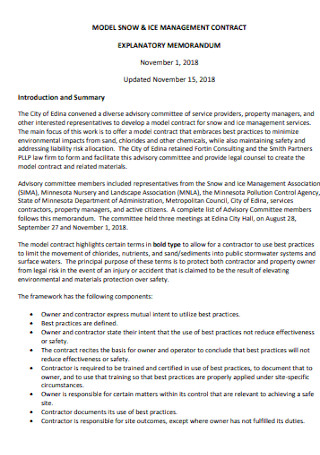
Model Ice Management Contract
download now -
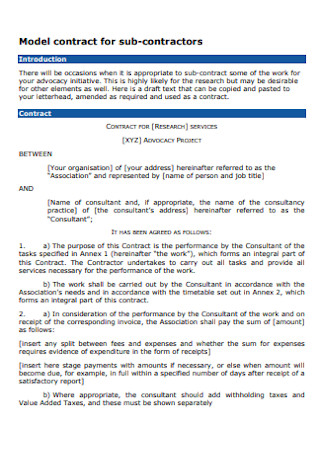
Model Contract for Sub-Contractors
download now -

Standard Model Contract Template
download now -

Model Salaried Employee Contract
download now -

Model Magazine Contract
download now -
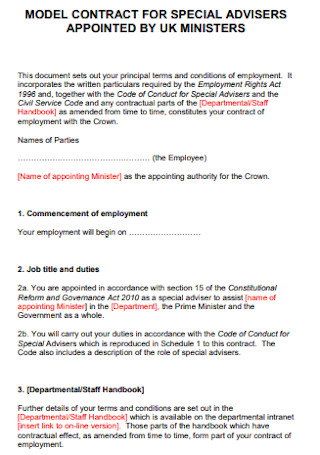
Model Contract for Special Advisor
download now -
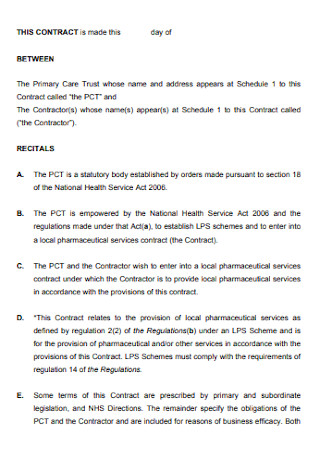
Local Model Contract
download now -
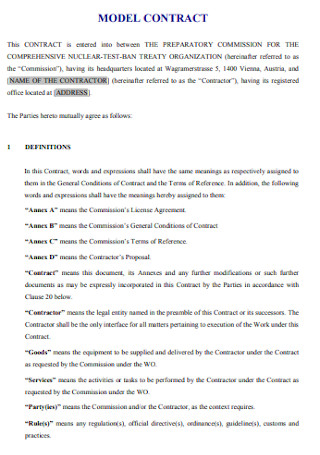
Formal Model Contract Template
download now -
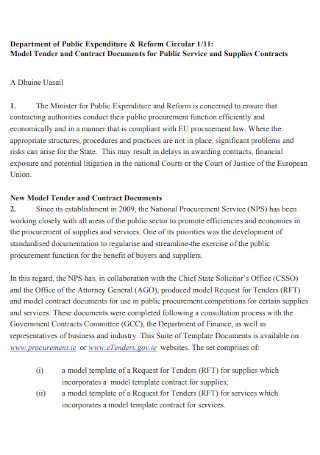
Model Tender and Contract
download now -
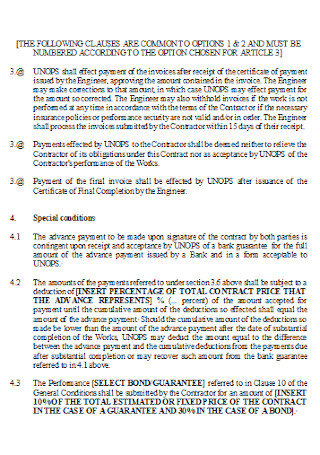
Basic Model Contract for Work
download now
FREE Model Contract s to Download
44+ Sample Model Contracts
What Is a Model Contract?
Standard Terms Used in Legal Contracts
How To Write a Valid Model Contract
FAQs
Is a modeling contract the same as a model contract?
What are the critical components of an enforceable contract?
How old should a person be to be able to enter into a legal agreement?
What Is a Model Contract?
People get into agreements every day when they buy products, and when they do business. A contract is a written agreement involving two or more individuals. Individuals, companies, or independent contractors use contracts to carry out a duty in return for something valuable. Model contracts are example contracts. It can be a model contract of employment, service, work, performance, and more. Agreements can come in different forms, but they have one purpose: to protect the parties involved through the governing laws and for both parties to fulfill their responsibilities and promises. If issues arise later on after the signing of a contract, the parties can bring the case to court, and the court will make final decisions regarding the matter.
The United States Census Bureau estimates that there will be 7.89 billion people on the planet this July 11, 2020.
Out of that population, there are more than 5.89 million small business owners in the United States.
Moreover, according to Statista, there are over 130.6 million full-time employees in the U.S.
Standard Terms Used in Legal Contracts
When entering into a contract, the parties must understand all the terms in it. So, here are commonly used clauses in standard model contracts.
How To Write a Valid Model Contract
Whatever type of model contract you want to create, whether it be a sales contract, a management contract, or any business contract, you must ensure that it is valid. So, here are the steps to make an agreement valid.
Step 1: Put Your Agreement in Writing
Although most oral agreements can be legally binding, they are difficult to impose in court. In the business industry, arrangements must be put in writing. A written contract can serve as proof of your agreement with another if conflicts arise in the future. Moreover, when writing a deal, it doesn’t have to be complicated for it to be valid. So, make your agreement simple, clear, concise, and direct to the point.
Step 2: Identify the Parties Involved
Make sure that the names you write in the contract are the parties’ correct and legal names. The purpose is to be clear about who is under obligation to perform the duties under the contract. For example, in a standard business contract, a company that is structured as a corporation or an LLC should include an LLC or Inc. suffix in its name.
Step 3: Write all the details
The content of the contract must lay out the exclusive rights and responsibilities of both parties. Input all your verbal agreements in writing and in detail to make it enforceable. Also, include an amendment clause in case you fail to include all details.
Step 4: Include the Payment Obligations
Include a statement in the contract that specifies who has the right to receive payment and what the conditions are for payment. Most often, money is the cause of issues arising between parties. So, it is crucial to make this part of the contract plain. Write statements concerning the method, the terms, and the requirements for payment.
Step 5: Incorporate a Dispute Resolution Clause
Decide on how you will take care of disputes that may arise later on. It can be through arbitration or the court. Also, don’t forget to choose a law that will govern your contract. If you live in a different state, you can opt to choose one law from your state.
Step 6: Don’t Forget the Termination Clause
All contracts must have a termination clause, where both parties have the right to cancel the agreement in case of default. For example, if one fails to meet deadlines, the other can terminate the agreement anytime due to contract violation. As mentioned, termination can also apply when a company lays off employees or if an employee retires.
FAQs
Is a modeling contract the same as a model contract?
Not necessarily, but a model contract can also refer to a modeling contract. A modeling contract is an arrangement between an agency and a model who agrees to offer services in return for a fee. The model here works as a freelancer or an independent contractor. A modeling agreement may contain the following information: payment conditions and terms, contract length, exclusive rights of the agency, statements concerning tax, etc.
What are the critical components of an enforceable contract?
For a contract to be enforceable, it must comprise the following key components: (1) Mutual assent. Both parties must understand what the agreement is all about. (2) Proposal and confirmation. One party should propose by stating its intentions, while the counterparty confirms or accepts the offer. (3) Consideration. Both parties must agree to exchange something valuable to make the contract binding. (4) Capacity. All parties must be capable of entering into a legal agreement. (5) Legal purpose. Contracts should only be used for legal reasons.
How old should a person be to be able to enter into a legal agreement?
Typically, an individual must be of the right age to enter an agreement. In several states, a person should be 18 years old or more. Aside from a person’s legal capacity to engage in a contract, he/she must also have competency. Competency is a person’s ability to know or understand the contract’s nature. Therefore, an individual must have both legal capacity and competency to enter into a legal agreement.
Contracts play a significant role in all the agreements a worker, a freelancer, or a company makes with another entity. It protects an employee’s rights, ensures a freelancer’s payment, or safeguards a company’s trade secrets. You can click and download one of our example or model contracts above for your reference.
